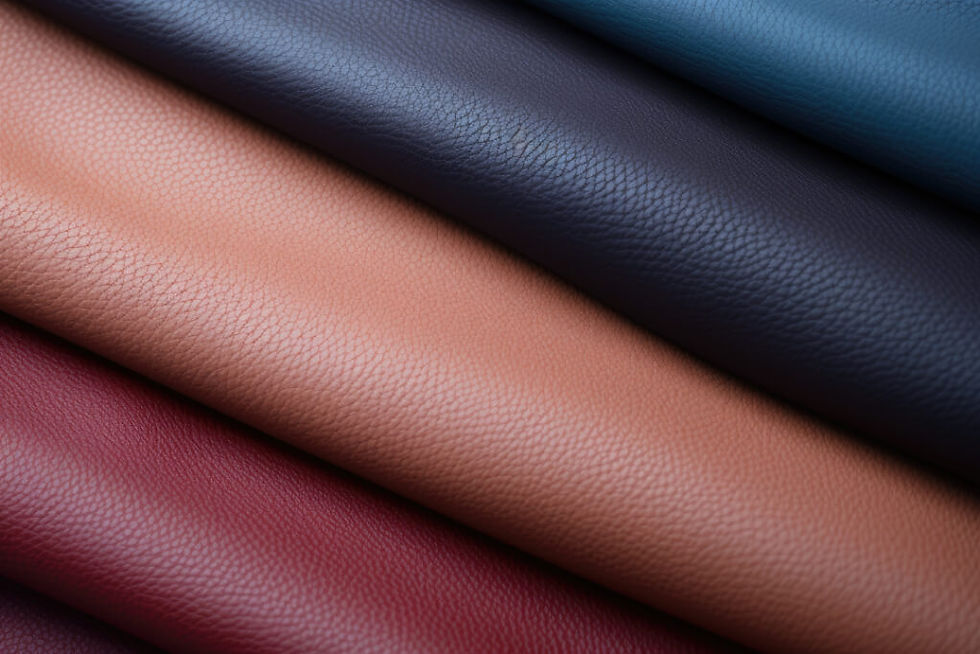TRADITIONAL LEATHER
VS
SYNTHETIC LEATHER
Environmental Impact
As the fashion industry faces increasing scrutiny over its environmental impact, the debate between traditional leather and synthetic leather gains prominence. While synthetic leather may initially seem like the eco-friendlier choice, the reality is more complex. This blog explores why animal leather can be less harmful and more sustainable than synthetic leather in the long run.
WHY TRADITIONAL LEATHER?
Responsibly sourced traditional leather is a sustainable and eco-friendly choice that embodies the principles of a circular economy. As a byproduct of the meat industry, it gives new life to materials that might otherwise go to waste. Its exceptional durability ensures that products last for decades, reducing the need for frequent replacements and helping to minimize waste. Unlike synthetic alternatives, properly treated animal leather is biodegradable, making it a natural, planet-friendly option. By choosing traditional leather, you’re supporting longevity, natural materials, and a reduced environmental footprint—an investment in sustainability and quality.

THE "VEGAN LEATHER" MYTH
A look behind the label
In recent years, "vegan leather" has emerged as a trendy and seemingly ethical alternative to traditional leather. Marketed as cruelty-free and sustainable, it has won the favor of environmentally conscious consumers. However, behind the glossy marketing campaigns lies a reality that is far from eco-friendly. This blog dives into how brands are capitalizing on the “vegan” label to sell synthetic leather and why this so-called ethical option is more harmful than it appears.

Animal leather, when responsibly sourced, repurposes waste materials from the meat industry, supporting the circular economy. It’s durable and long-lasting, minimizing waste from frequent replacements. Unlike synthetic alternatives, properly treated animal leather is biodegradable, reducing landfill impact. Choosing animal leather supports longevity, natural materials, and a reduced environmental footprint.
ANIMAL VS SYNTHETIC LEATHER
Environmental Impact
As the fashion industry faces increasing scrutiny over its environmental impact, the debate between animal leather and synthetic leather gains prominence. While synthetic leather may initially seem like the eco-friendlier choice, the reality is more complex. This blog explores why animal leather can be less harmful and more sustainable than synthetic leather in the long run.


THE
"VEGAN LEATHER"
MYTH
A look behind the label
In recent years, "vegan leather" has emerged as a trendy and seemingly ethical alternative to animal leather. Marketed as cruelty-free and sustainable, it has won the favor of environmentally conscious consumers. However, behind the glossy marketing campaigns lies a reality that is far from eco-friendly. This blog dives into how brands are capitalizing on the “vegan” label to sell synthetic leather and why this so-called ethical option is more harmful than it appears.
THE "VEGAN LEATHER" MYTH
A look behind the label
In recent years, "vegan leather" has emerged as a trendy and seemingly ethical alternative to animal leather. Marketed as cruelty-free and sustainable, it has won the favor of environmentally conscious consumers. However, behind the glossy marketing campaigns lies a reality that is far from eco-friendly. This blog dives into how brands are capitalizing on the “vegan” label to sell synthetic leather and why this so-called ethical option is more harmful than it appears.